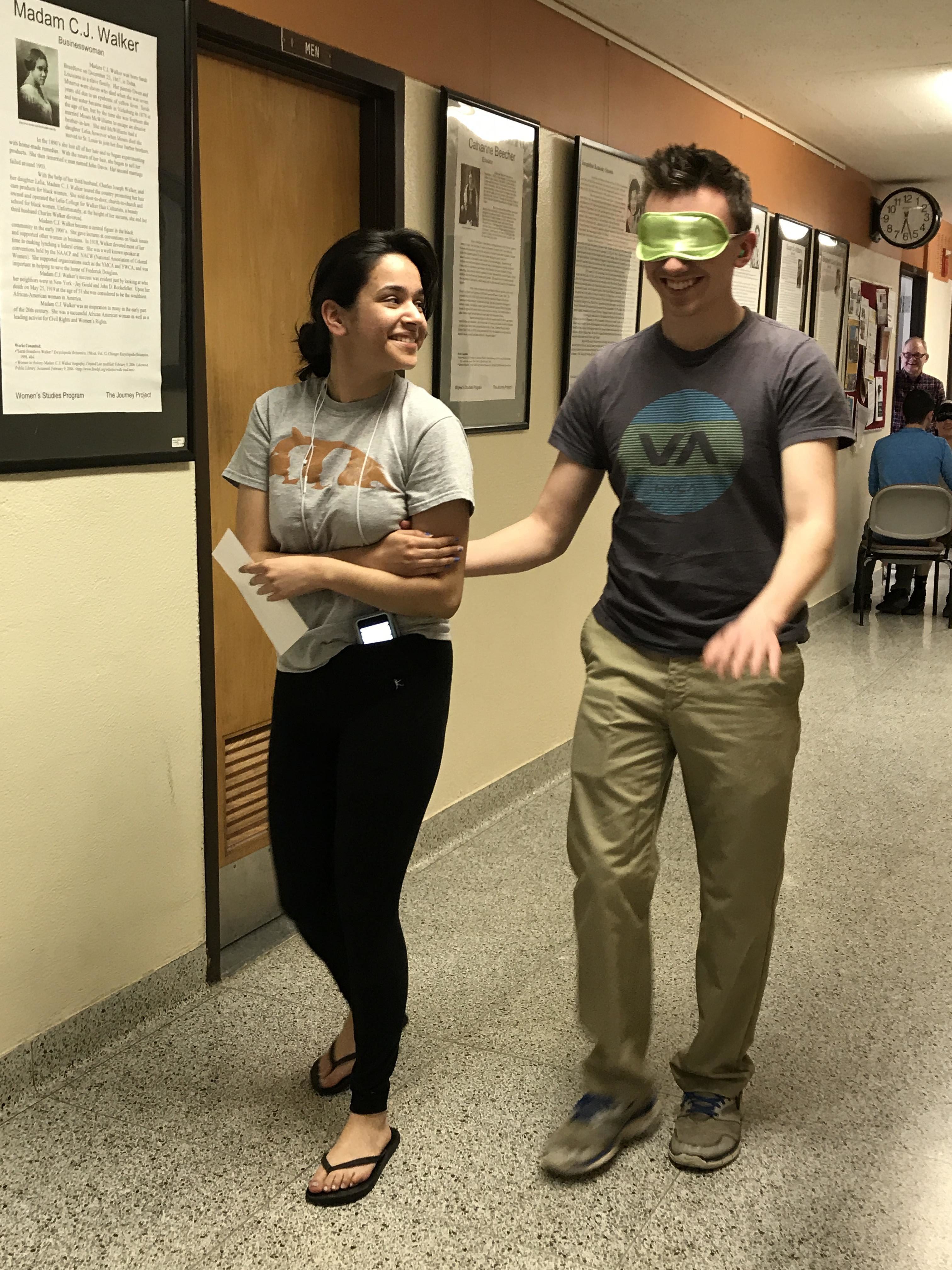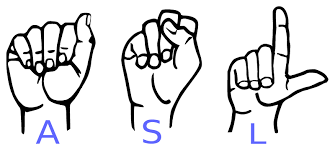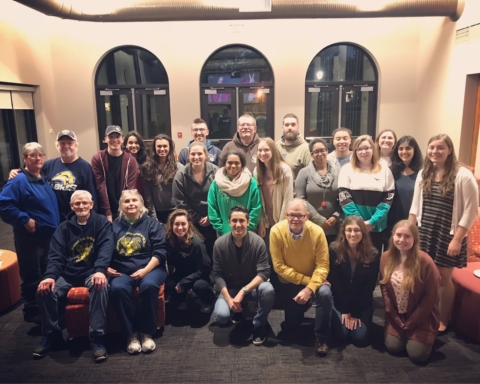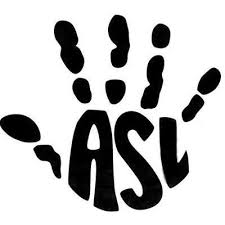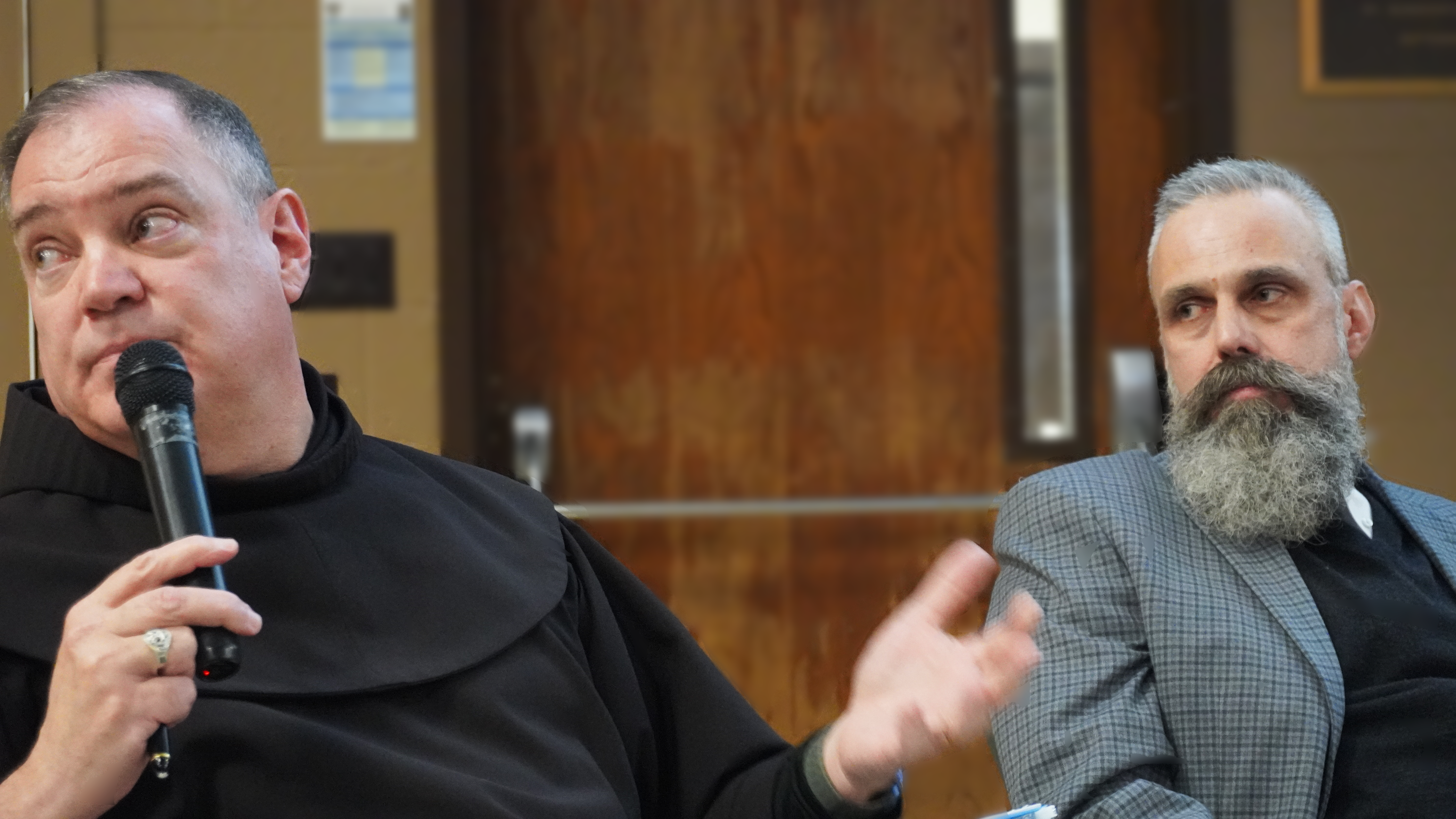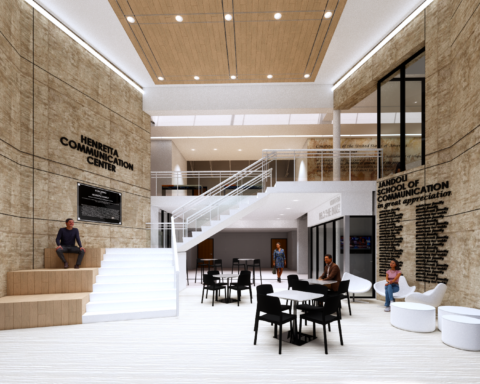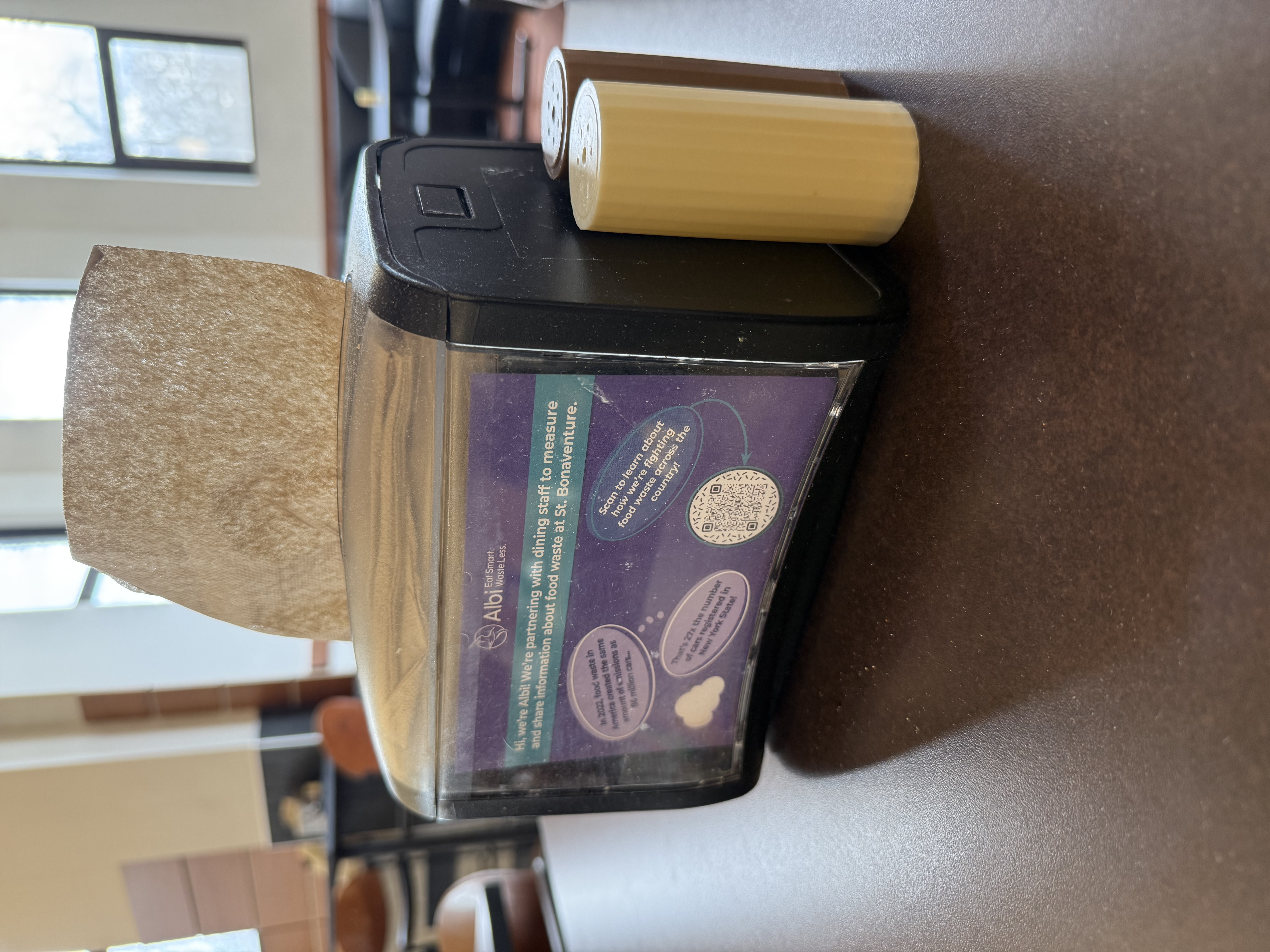By Jessica Dillon
News Assignment Editor
Some students at St. Bonaventure University “didn’t think it’d be a big deal” to experience what it was like to be deaf and blind until Monday, when a workshop held during the American Sign Language course transformed their perspective. “ “It was different than I thought it was going to be,” said Alyssa Magnuson, a sophomore elementary education major. “I thought it would be pretty much the same as only being blind or only being deaf, but when you put the two together it really changes things.”
When students arrived for class, Angela Reisner, ASL professor, instructed them to partner up before they were blindfolded and provided with earplugs. Some students opted to listen to clips of white noise found on YouTube in lieu, but all disrupted their hearing in some way to practice communicating like deaf-blind persons would have to.
“Several years ago I took a workshop at a deaf conference that was so impactful,” Reisner, whose father is deaf, said. “So I wanted to carry that into our class as well.”
The students worked through nine different stations, about half of which were devoted to learning to interpret the various techniques used for signing to deaf-blind people. Students practiced fingerspelling with another’s hand on top of their own, signing using ASL with another’s hand placed over their own and spelling out letters on the palm of one’s hand, which was the technique that proved instrumental in advancing Helen Keller’s communication skills so many years ago.
“I think kind of the most scary thing that students do is being led around the building, supposedly without their partner’s voice leading them,” Reisner said. “When I go out to check on them, they have no idea where they are at in the building even though they’ve walked these hallways every day.”
Magnuson said that although she felt tempted to use her voice to guide her partner during the exercise, she ultimately refrained.
“I thought about that, that it would be easy to just guide Evan and talk to him,” Magnuson said. “But they’re deaf, so it doesn’t work that way. Taking away that element of hearing makes it a completely different story.”
Other students in the class said they were glad to have experienced the world, if only for a little while, from the perspective of a deaf-blind person.
“Deaf-blind day gives myself, as a hearing and seeing individual, the opportunity to see what struggles those who are deaf, blind, or even both have to go through,” said Jordan Boland, a junior bioinformatics major and co-president of St. Bonaventure’s American Sign Language club. “It’s not easy for them, and that’s an understatement.”
Magnuson echoed similar sentiments.
“It’s very enlightening,” Magnuson concluded. “I’m glad we did it.”
Reisner’s class will be hosting a deaf/hearing social next Monday, May 1 as a way to put their learned skills into practice and to connect with the local community.
dillonj15@bonaventure.edu

